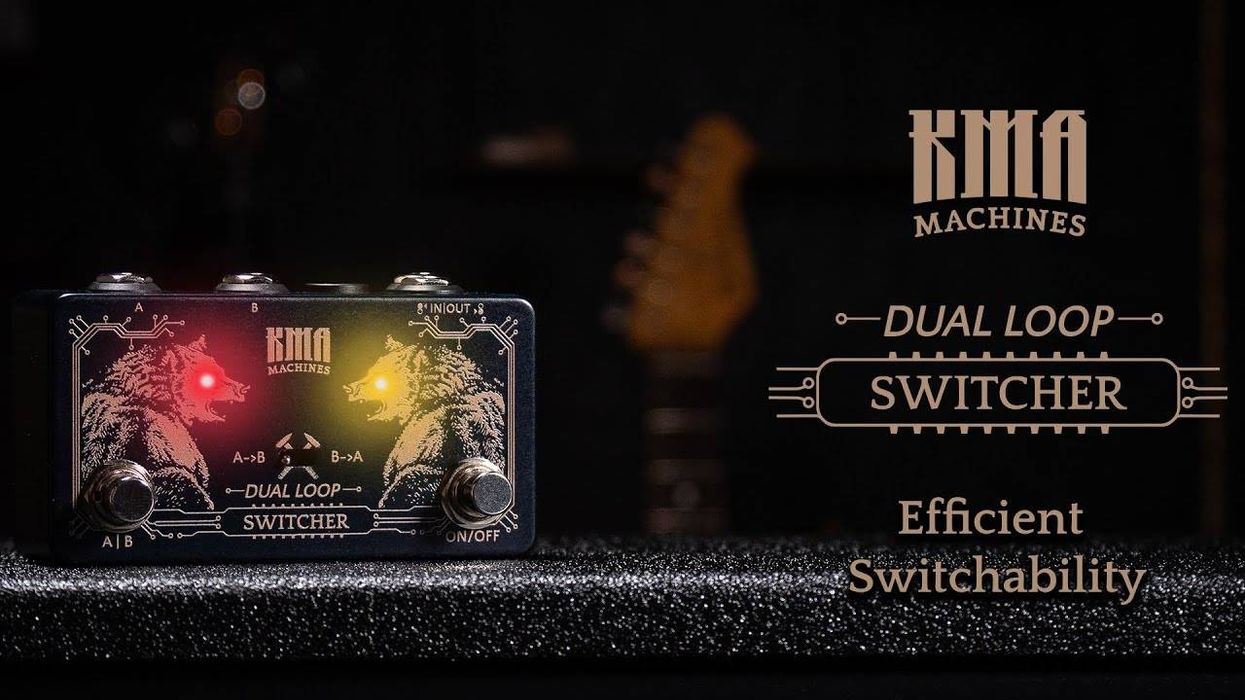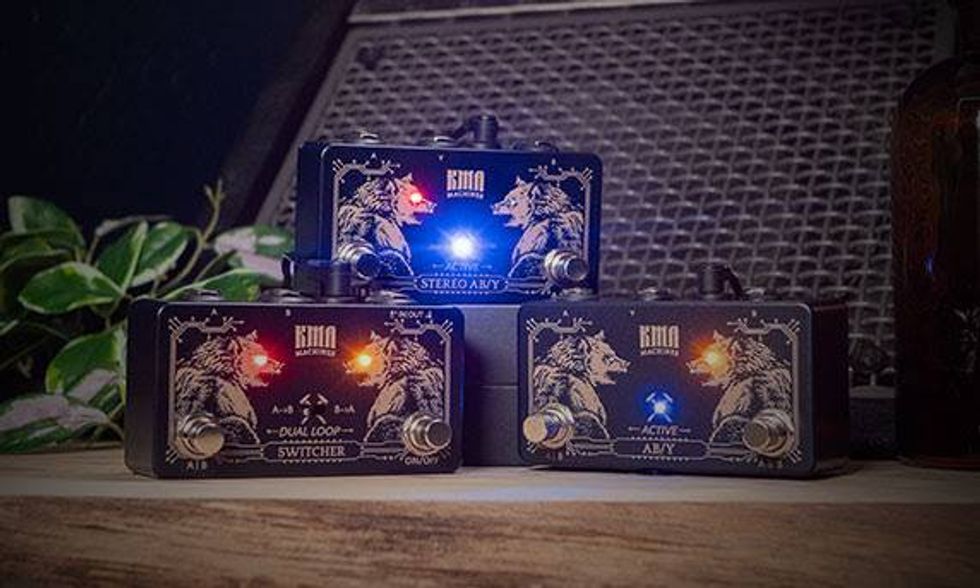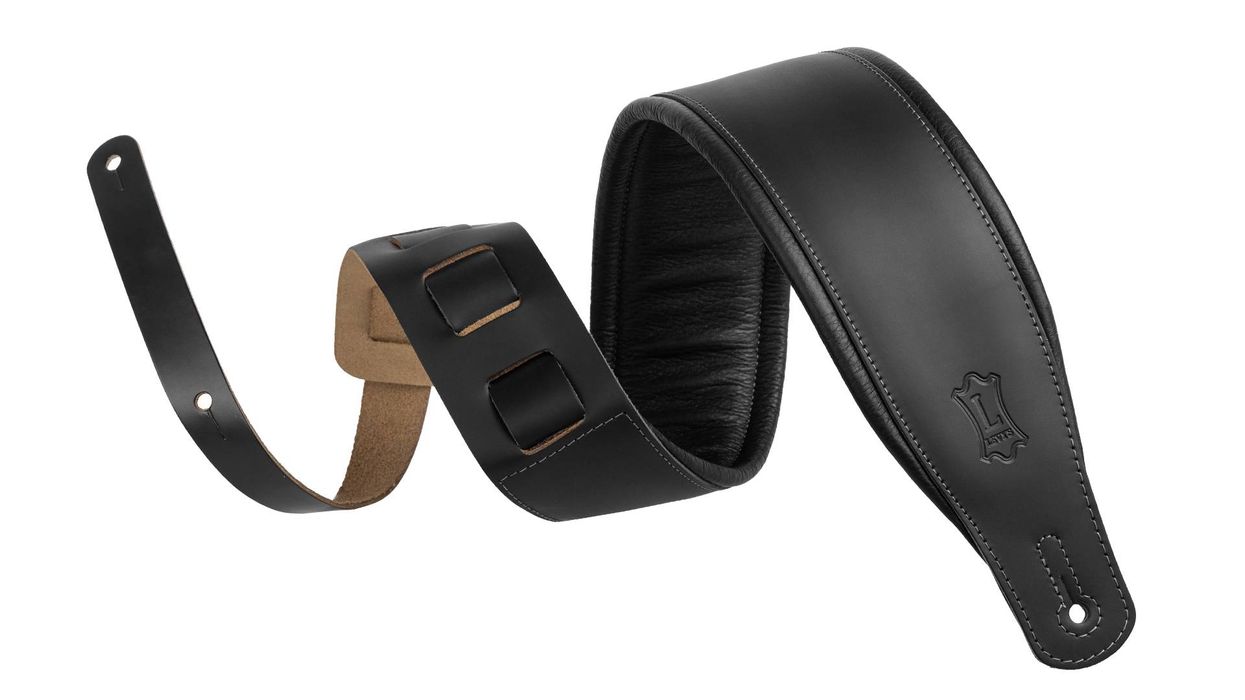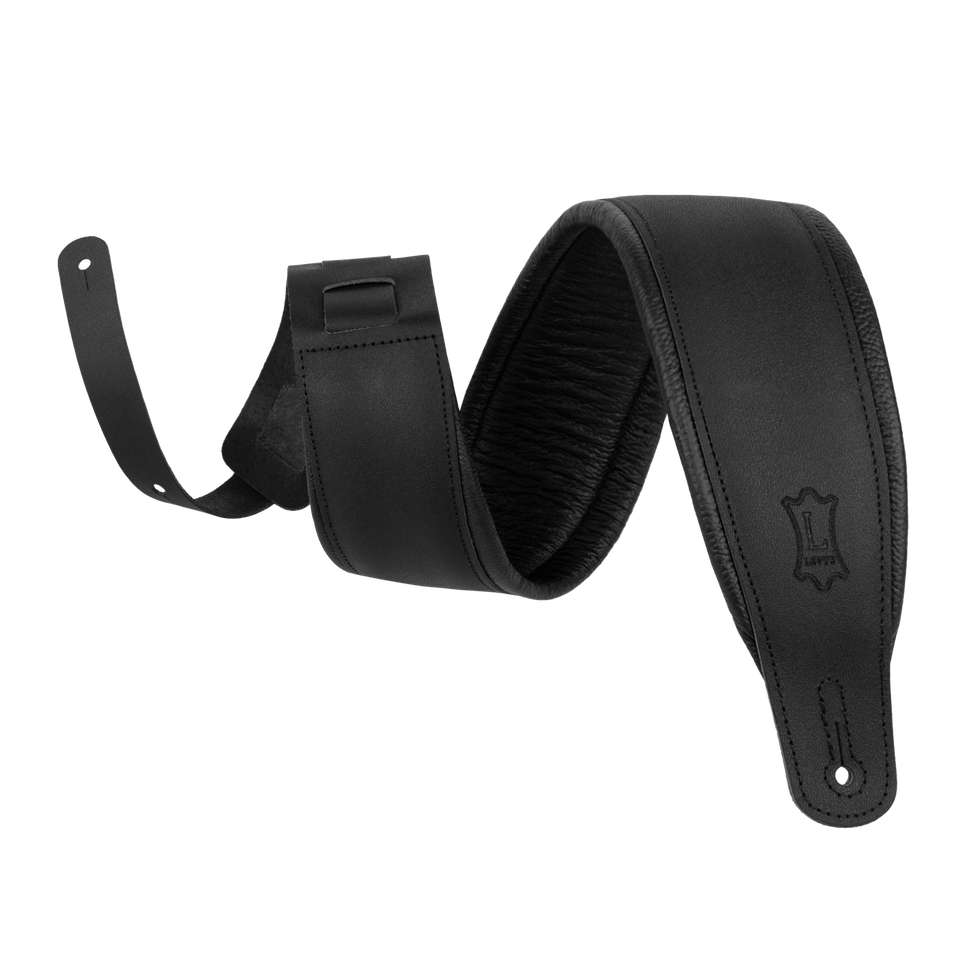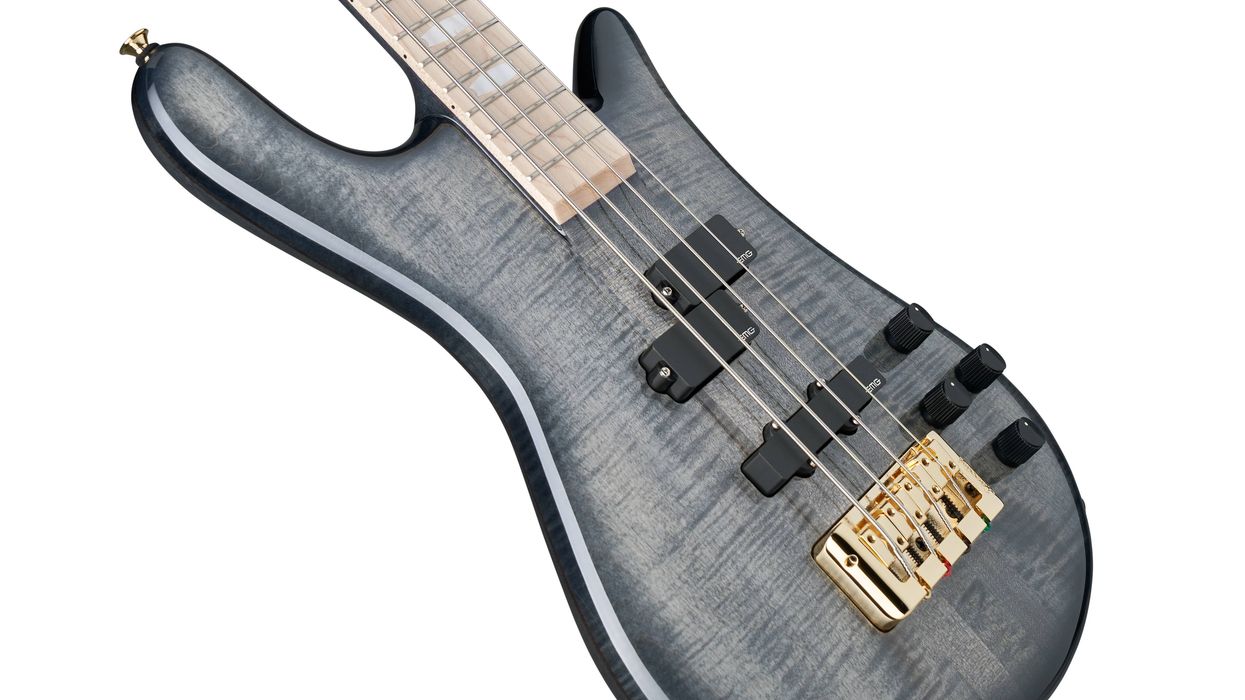Mooer's Ocean Machine II is designed to bring superior delay and reverb algorithms, nine distinct delay types, nine hi-fidelity reverb types, tap tempo functionality, a new and improved looper, customizable effect chains, MIDI connectivity, expression pedal support, and durable construction.
Similarly to the original, the Ocean Machine II offers two independent delay modules, each with nine different delay types of up to two seconds, including household names such as digital, tape, and echo delays, as well as more abstract options, such as galaxy, crystal, and rainbow. A high-fidelity reverb module complements these delays with nine reverb types, as well as a shimmer effect. Each delay and reverb effect can also be ‘frozen,’ creating static ambient drones, an effect that sounds particularly impressive considering the pedal’s DSP upgrades.
While the original Ocean Machine’s looping capabilities provided just 44 seconds of loop storage, the new addition features an impressive 120 seconds. To experiment with this feature, along with OceanMachine II’s other sonic capabilities, users can use an intuitive LCD screen along with 12 knobs (four for each delay and reverb module) to easily adjust parameters within the device’s ‘Play Mode.’ Three footswitches are also provided to facilitate independent effect toggling, tap tempo control, looper interfacing, and a preset selector.
Once the guitarist has crafted an interesting effect chain, they can save their work as a preset and enter ‘Patch Mode,’ in which they can toggle between saved settings with each of the three footswitches. In total, the Ocean Machine II provides eight preset storage banks, each of which supports up to threepresets, resulting in a total of 24 save slots.
The pedal’s versatility is further enhanced by its programmable parallel and serial effect chain hybrid, a signature element of Devin Townsend’s tone creation. This feature allows users to customize the order of effects, providing endless creative possibilities. Further programming options can be accessed through the LED screen, which impressively includes synchronizable MIDI connectivity, a feature that was absent in the original Ocean Machine.
In addition to MIDI, the pedal supports various external control systems, including expression pedal input through a TRS cable. Furthermore, the pedal is compatible with MOOER's F4 wireless footswitch, allowing for extended capabilities for mapping presets and other features. A USB-C port is also available for firmware updates, ensuring that the pedal remains up-to-date with the latest features and improvements.
Considering the experimental nature of Devin Townsend’s performances, MOOER has also gone above and beyond to facilitate the seamless integration of Ocean Machine II into any audio setup. The device features full stereo inputs and outputs, as well as adjustable global EQ settings, letting users tailor their sound to suit different environments. Guitarists can also customize their effect chains to be used with true bypass or DSP (buffered) bypass, depending on their preferences and specific use cases.
Overall, Ocean Machine II brings higher-quality delay and reverb algorithms, augmented looping support, and various updated connections to Devin Townsend’s original device. As per MOOER’s typical standard, the pedal is engineered to withstand the rigors of touring and frequent use, allowing guitars to bring their special creations and atmospheric drones to the stage.
Key Features
- Improved DSP algorithms for superior delay and reverb quality
- Nine distinct delay types that support up to 2 seconds of delay time: digital, analog, tape, echo,liquid, rainbow, crystal, low-bit, and fuzzy delays
- Nine hi-fidelity reverb types: room, hall, plate, distorted reverb, flanger reverb, filter reverb,reverse, spring, and modulated reverb
- Freeze feedback feature, supported for both delay and reverb effects
- Tap tempo footswitch functionality
- New and improved looper supporting up to 120 seconds of recording time, along withoverdubbing capabilities, half-speed, and reverse effects.
- Customizable order of effects in parallel or series chains
- Flexible bypass options supporting both true bypass and DSP bypass
- Large LCD screen, controllable through twelve easy-to-use physical knobs for real-time parameter adjustments.
- Adjustable Global EQ Settings
- Full stereo inputs and outputs
- Synchronizable and mappable MIDI In and Thru support
- USB-C port for firmware updates
- External expression pedal support via TRS cable
- Support for the MOOER F4 wireless footswitch (sold separately)
- Designed for durability and reliability in both studio and live environments.
The Ocean Machine will be available from official MOOER dealers and distributors worldwide on September 10, 2024.
For more information, please visit mooeraudio.com.
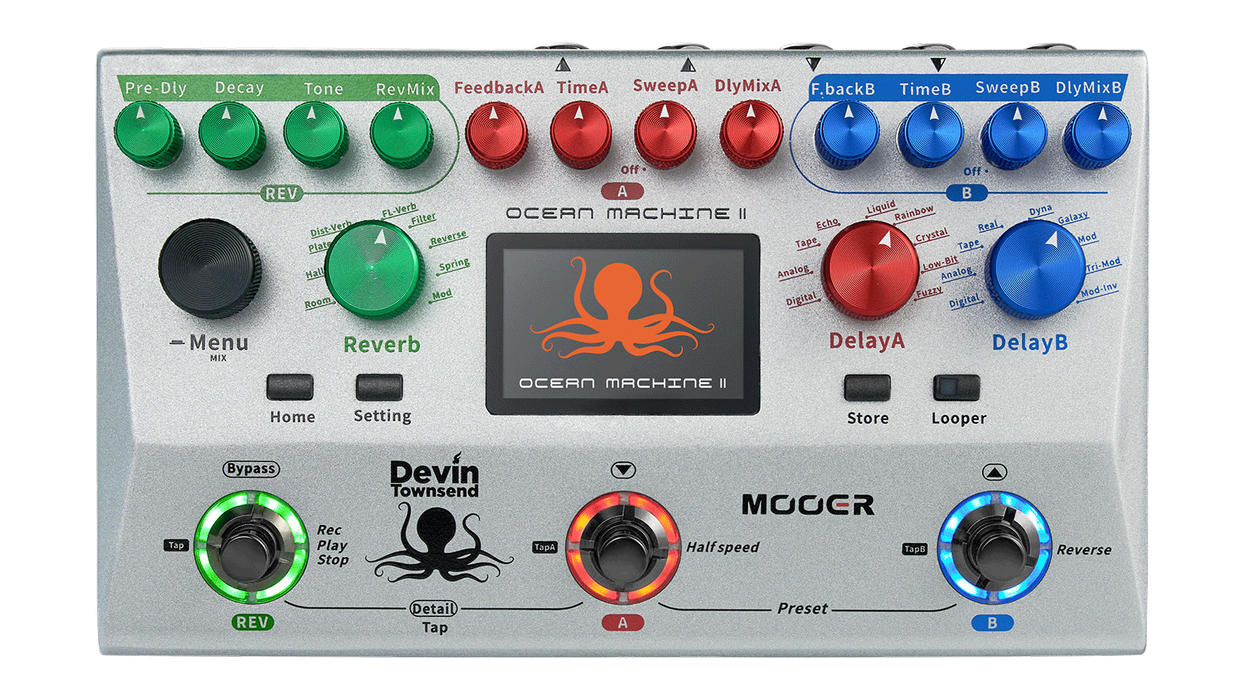

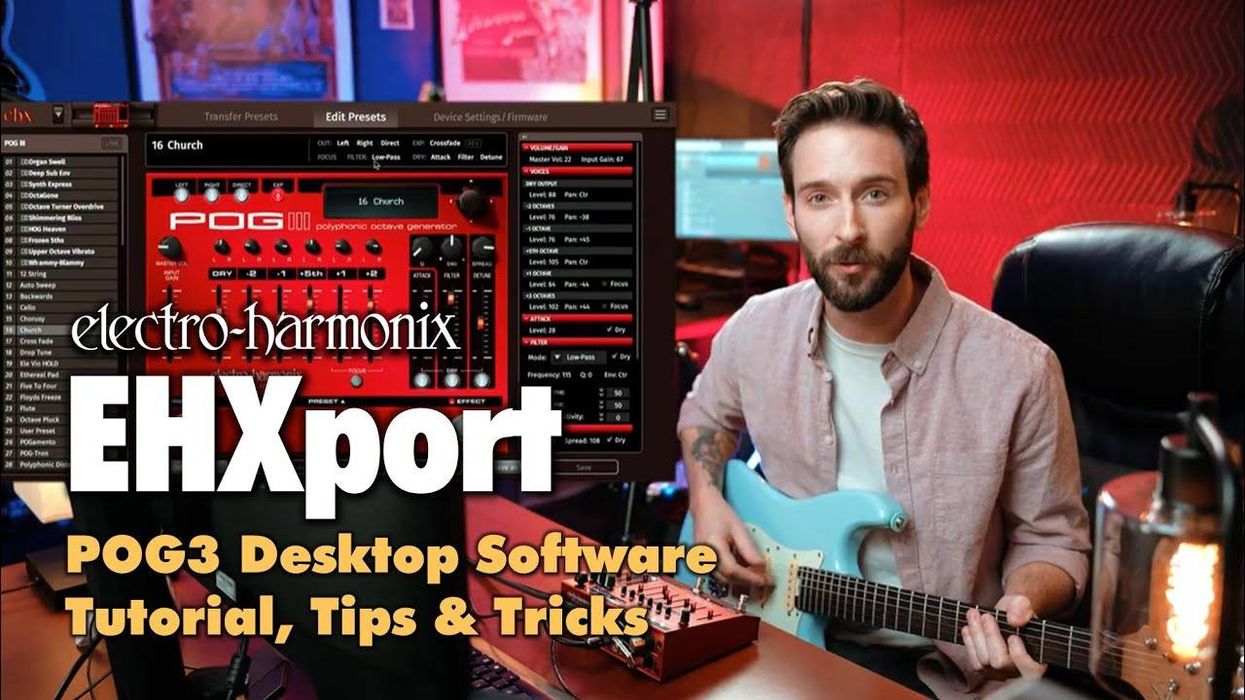





![Rig Rundown: AFI [2025]](https://www.premierguitar.com/media-library/youtube.jpg?id=62064741&width=1245&height=700&quality=70&coordinates=0%2C0%2C0%2C0)



![Devon Eisenbarger [Katy Perry] Rig Rundown](https://www.premierguitar.com/media-library/youtube.jpg?id=61774583&width=1245&height=700&quality=70&coordinates=0%2C0%2C0%2C0)
